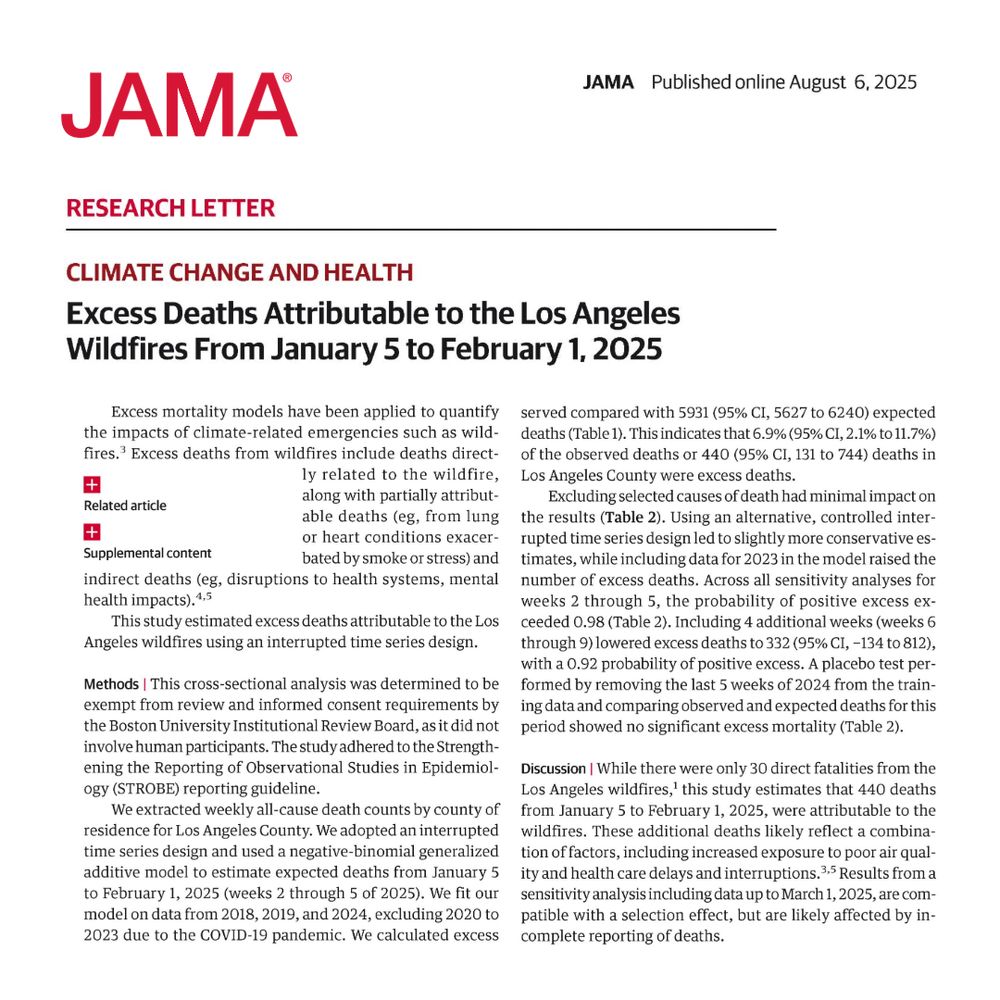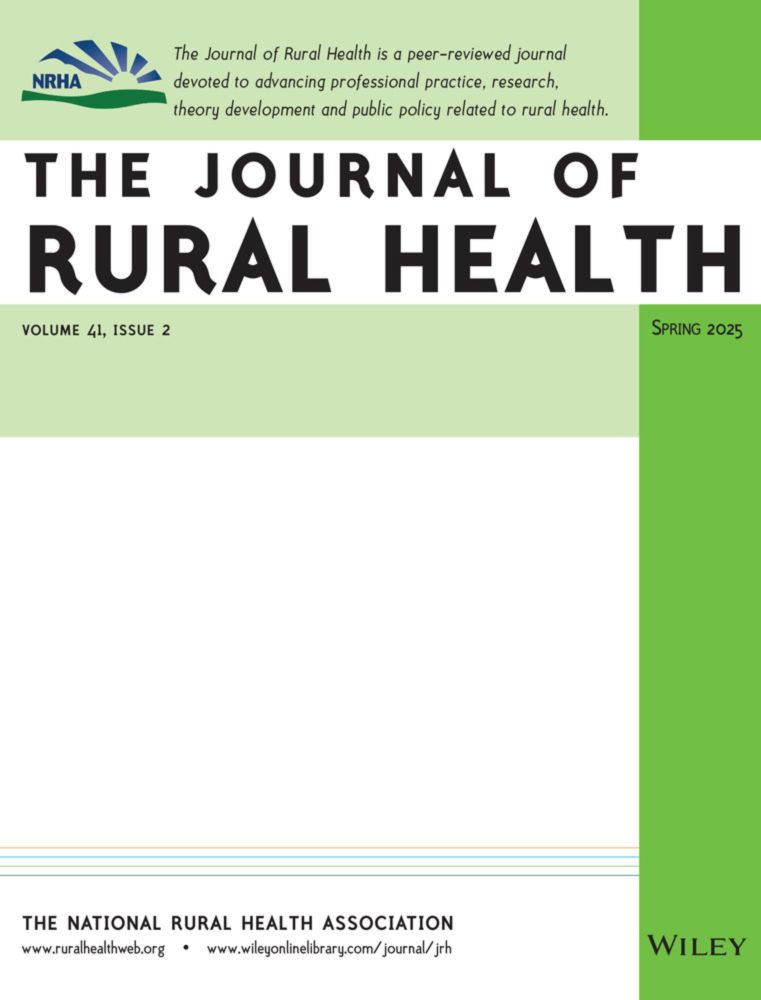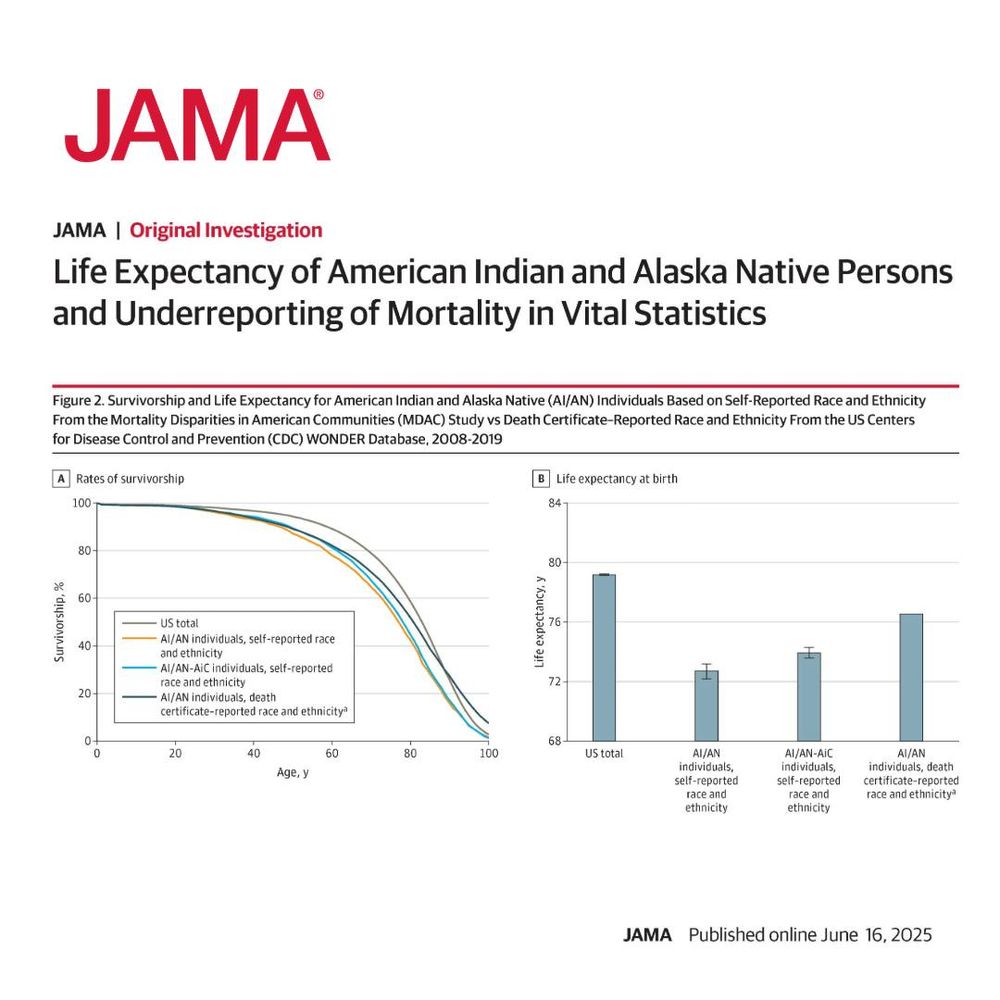Eugenio Paglino
@eugeniopaglino.bsky.social
1.8K followers
2.1K following
71 posts
Data Scientist and Postdoc at @pophel.bsky.social. PhD in Demography and Sociology at UPenn, Statistics MA at Wharton. My research focuses on mortality determinants and trends. Bayesian statistics, forecasting, statistical modeling.
Posts
Media
Videos
Starter Packs










